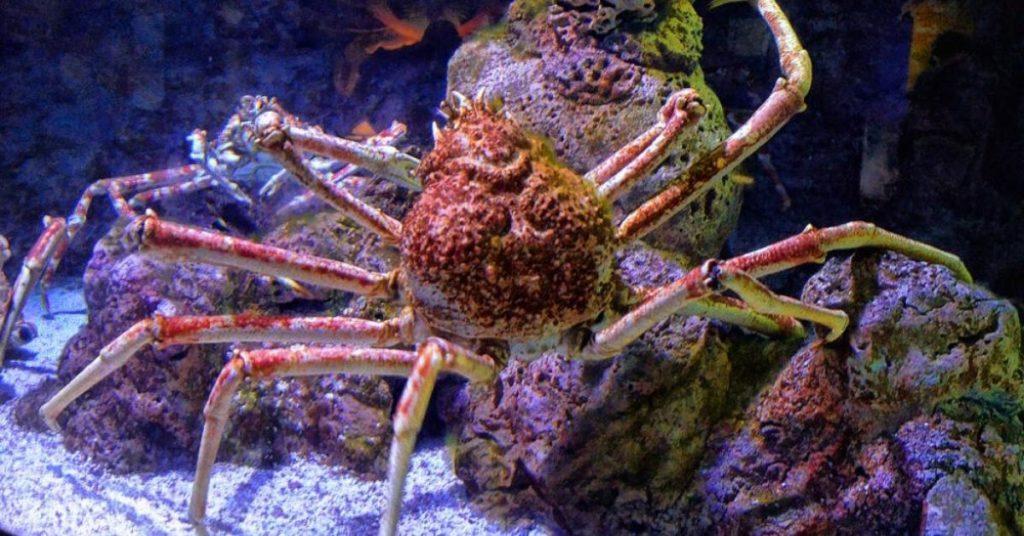FlipFact of the Day: . The Japanese spider crab (𝘔𝘢𝘤𝘳𝘰𝘤𝘩𝘦𝘪𝘳𝘢 𝘬𝘢𝘦𝘮𝘱𝘧𝘦𝘳𝘪) dwarfs every other living crab species out there. It has the longest leg span of any living arthropod (12 ft, though at least one specimen’s leg span is reported to have reached a whopping 18 ft), and is second only to the American lobster when it comes to weight (42 lbs on average, packed in a carapace measuring 16 in). It is said to live up to a hundred years. Want to see one? The Japanese spider crab is a fixture in many exhibits and museums.
Today’s Science History Milestone: On September 4, 2006, a vaccine for a type of meningitis was offered for the first time in Great Britain for all babies aged two, four and 13 months. This was part of the country’s childhood immunization program.
Still remember your 5th-grade science classes? Test your knowledge and see if you still remember these facts and fundamental concepts in human anatomy, biology, botany, and other branches of science. Click here to try the “Are You Smarter Than A Pinoy Fifth-Grader” Challenge.
Follow the hashtag #FlipFacts on Facebook and Instagram to get your daily dose of science trivia!
Cover: Choo Yut Shing
References
- https://blogs.ucl.ac.uk/museums/2013/11/26/natural-history-museum-bingo-japanese-spider-crab/
Author: Mikael Angelo Francisco
Bitten by the science writing bug, Mikael has years of writing and editorial experience under his belt. As the editor-in-chief of FlipScience, Mikael has sworn to help make science more fun and interesting for geeky readers and casual audiences alike.







